All products featured are independently chosen by us. However, SoundGuys may receive a commission on orders placed through its retail links. See our ethics statement.
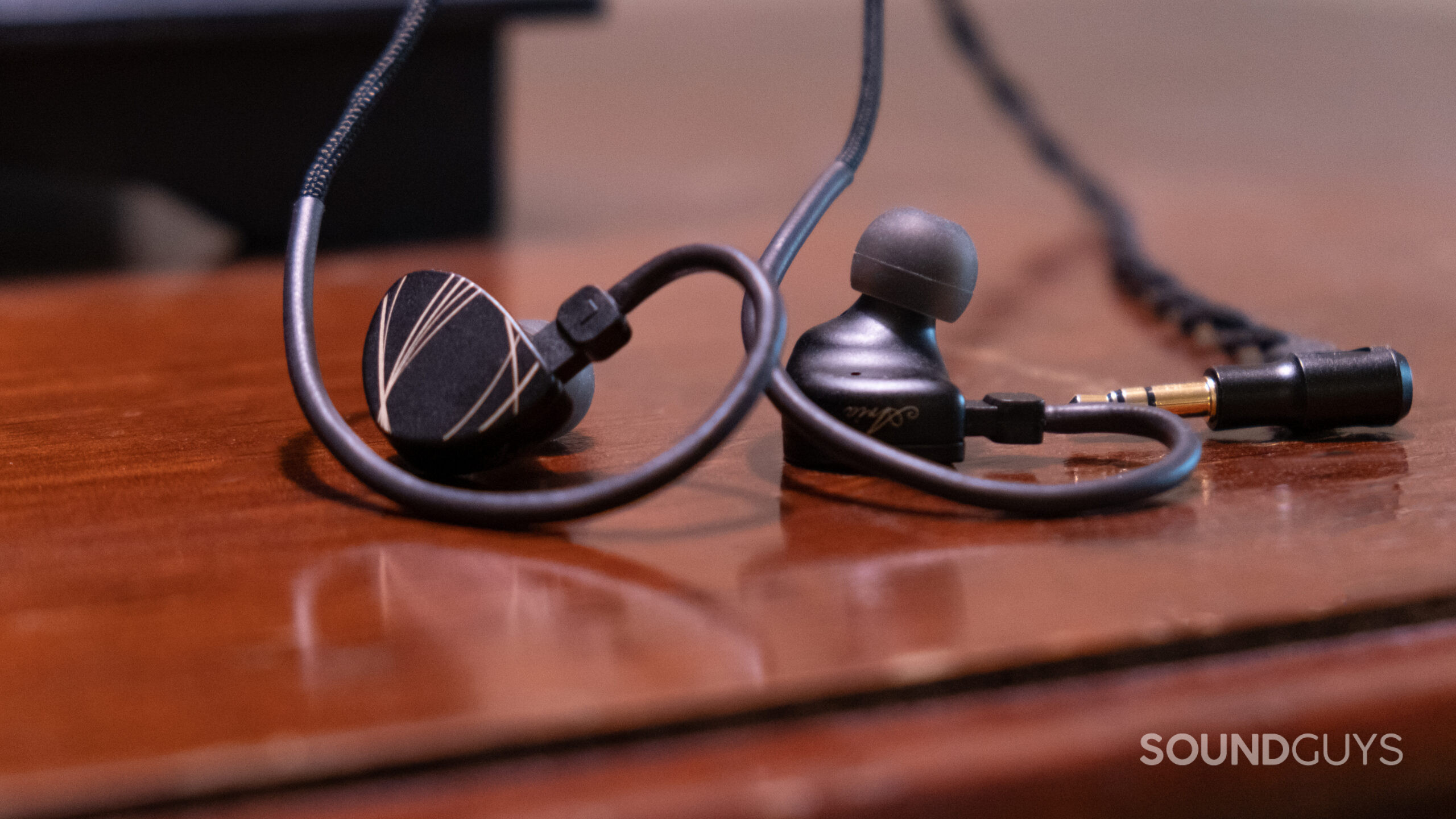
Moondrop Aria review
December 6, 2024
Moondrop Aria
Frequently uttered in the same breath as Tin HiFi and KZ, the Moondrop Aria seeks to balance the desire for a nice set of in-ear monitors (IEM) with an affordable price. We put the Aria through its paces to see if it’s worth the upgrade price over some of its contemporaries, or if you ought to stick to the usual suspects.
Editor’s note: this review was updated on December 6, 2024, to note the release of the Moondrop Aria 2.
Audio enthusiasts looking for in-ear monitors for less than $100 can certainly afford the Moondrop Aria. Anyone interested in a portable set of wired earbuds without compromising audio quality. Folks dipping their toes into audiophile style earbuds who want nice sound, but don’t want to shell out large sums of cash should check out the Moondrop Aria.
What’s it like to use the Moondrop Aria?
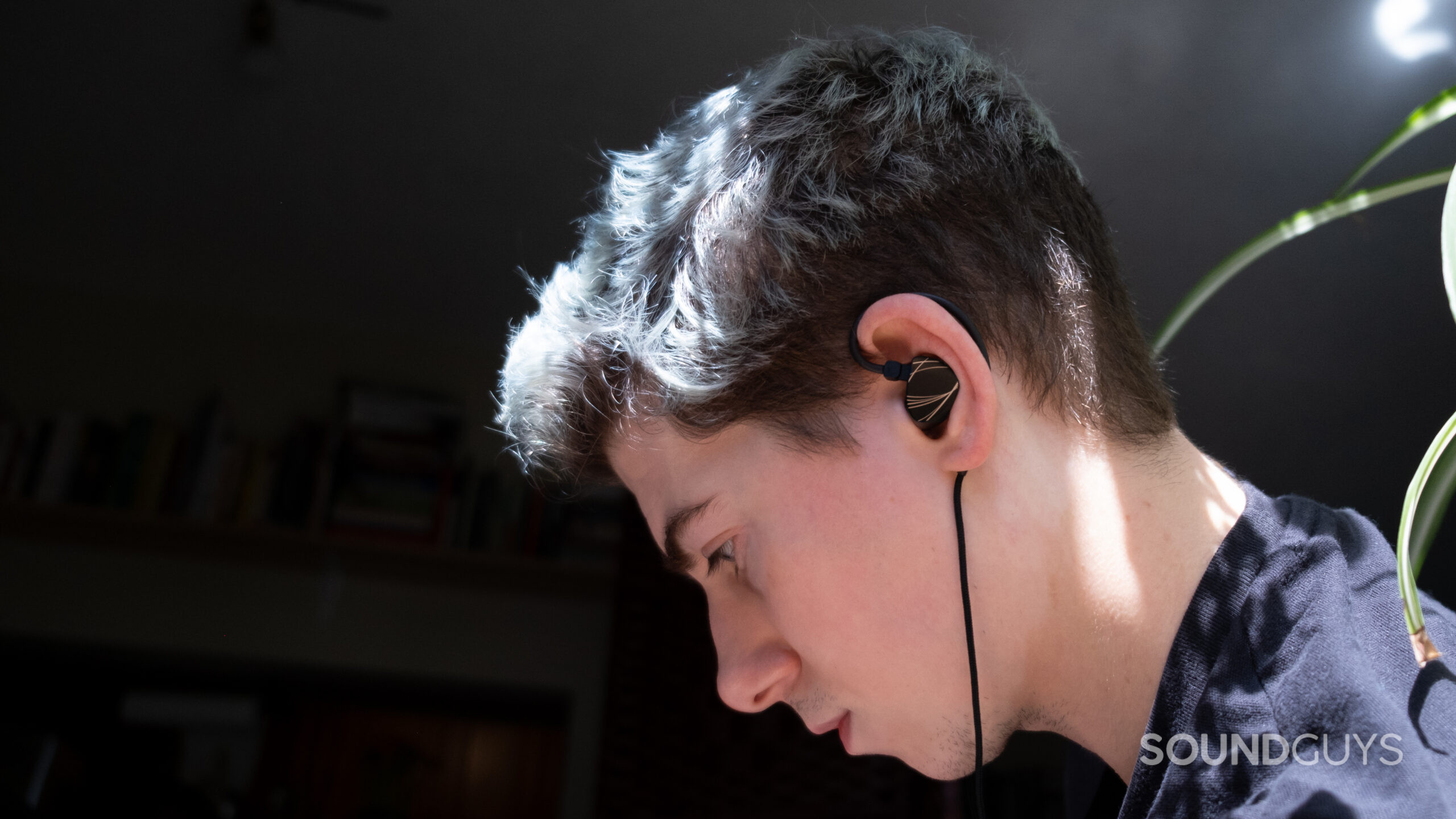
In Moondrop’s signature manga girl adorned packaging, you’ll find the gold-on-black Aria earbuds. Included is a small, round crosshatch textured vinyl case with a gold zipper and discreet branding. Attached via a 2-pin connection is a nylon (or nylon-like) fabric-covered cable that is loosely braided and terminates in a right angle 3.5mm jack. Similar to the KZ ZSN Pro X, the cable comes pre-bent and wrapped in a smooth plastic sleeve to go up and over your ears. This secures the Aria buds in place, and it’s a more refined implementation than the Moondrop Chu, which requires the user to place the sleeve around the cable themselves.
You also get tweezers and six replacement grills to cover the 10mm liquid crystal polymer dynamic drivers inside. The Moondrop Aria housings are matte and smooth, made of metal, but it’s not clear what kind, so anyone with zinc sensitivities should proceed with caution. You can swap out one of the six sets of silicone ear tips (11mm to 14mm, with duplicate sizes) to get the fit right. It’s clear from the long stem that the ear tip slips over that the Aria will feel pretty invasive like a lot of IEMs.
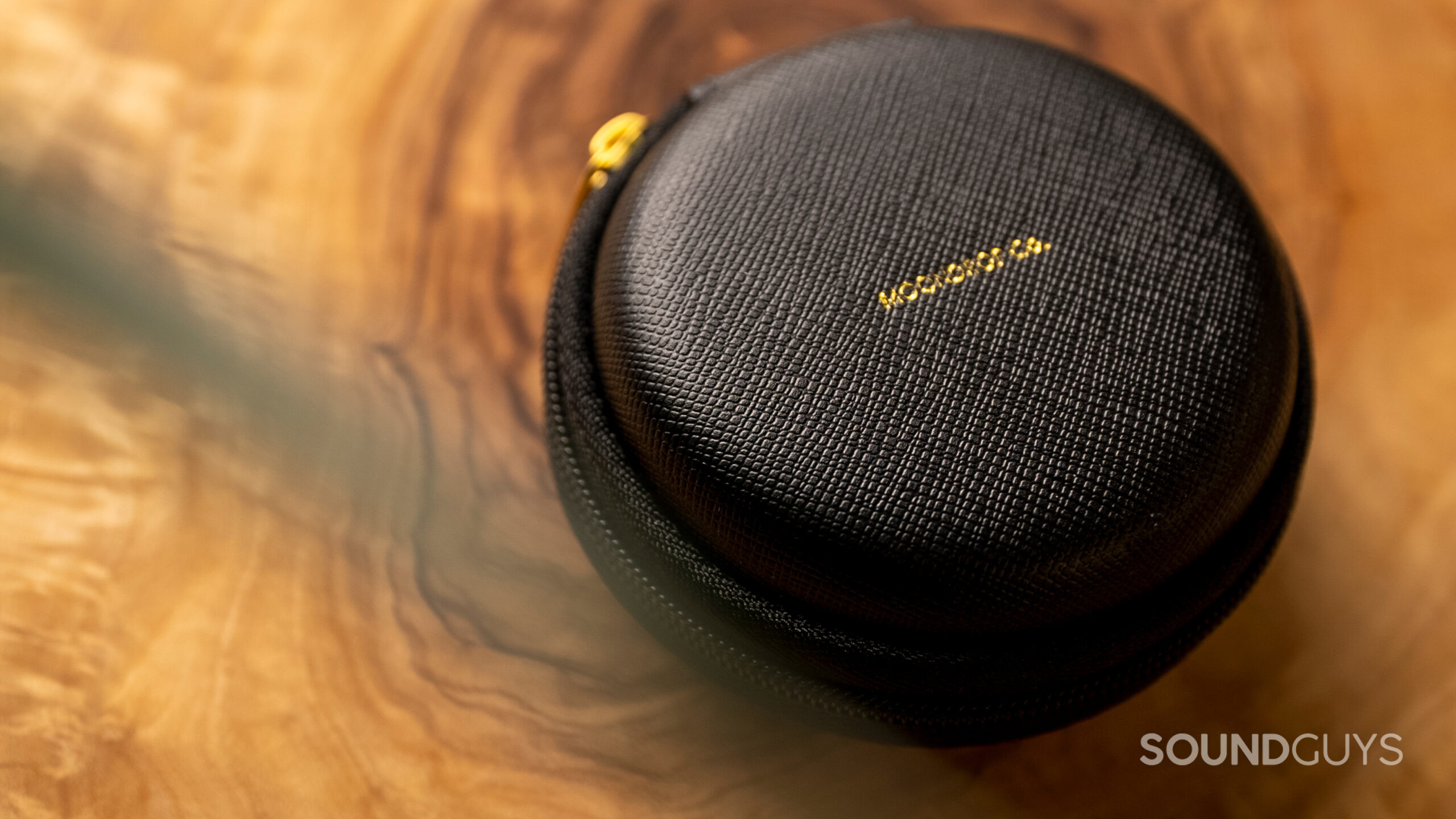
The Moondrop Aria goes pretty far into the ear, and for me the right earbud feels more comfortable than the left one. Luckily, there are no rough edges or pressure points, but the over-ear cabling doesn’t feel like it does much, and instead imparts a somewhat unpleasant textural sensation along the tops of my ears. Rather than utilizing a one size fits all bent over-ear cable, Moondrop could’ve just implemented an integrated memory wire instead, to avoid disproportionate pressure anywhere along the ear.
How does the Moondrop Aria connect?
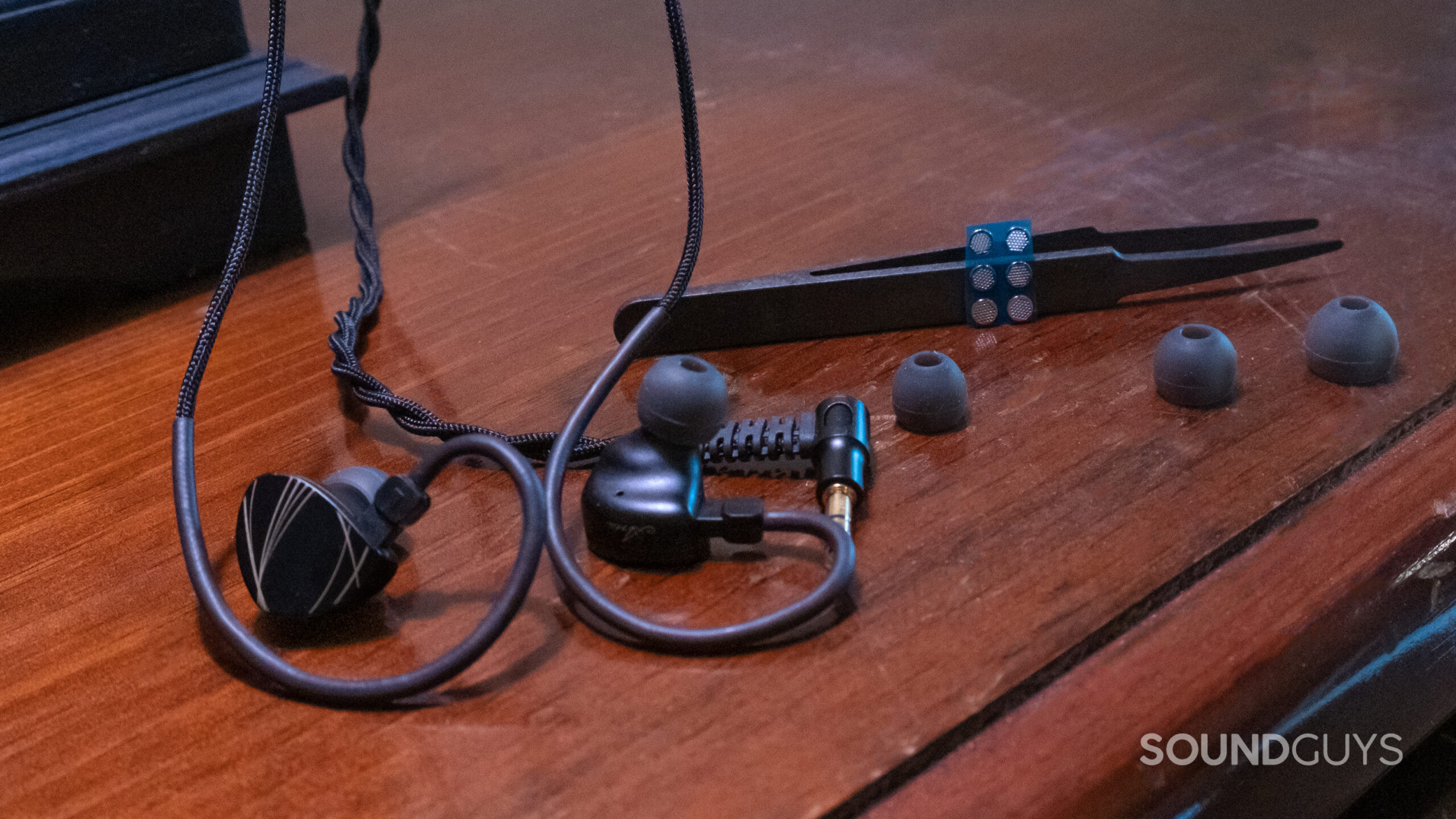
Moondrop utilizes a removable 0.78mm 2-pin cable that is a less reliable, but cheaper design compared to the MMCX connection point we see on higher end products. The cable is 1.3m long. A word of caution: when swapping or disconnecting the cable from the buds, the innards shift and do not feel especially sturdy.
You can pair the Moondrop Aria with your favorite portable music player, even if your favorite player is just your phone with an adapter. If you want to use the Aria with a device that doesn’t have an analog output or headphone jack, you’ll need some sort of DAC or a headphone amplifier.
No, with a very high sensitivity of 122dB/Vrms (at 1kHz) and an impedance of 32Ω, the Moondrop Aria can get plenty loud without needing a headphone amp. In fact, with such high sensitivity devices, you need to be very careful to keep your volume low, or even lower your maximum volume limit if your source device allows this.
How well does the Moondrop Aria block out noise?
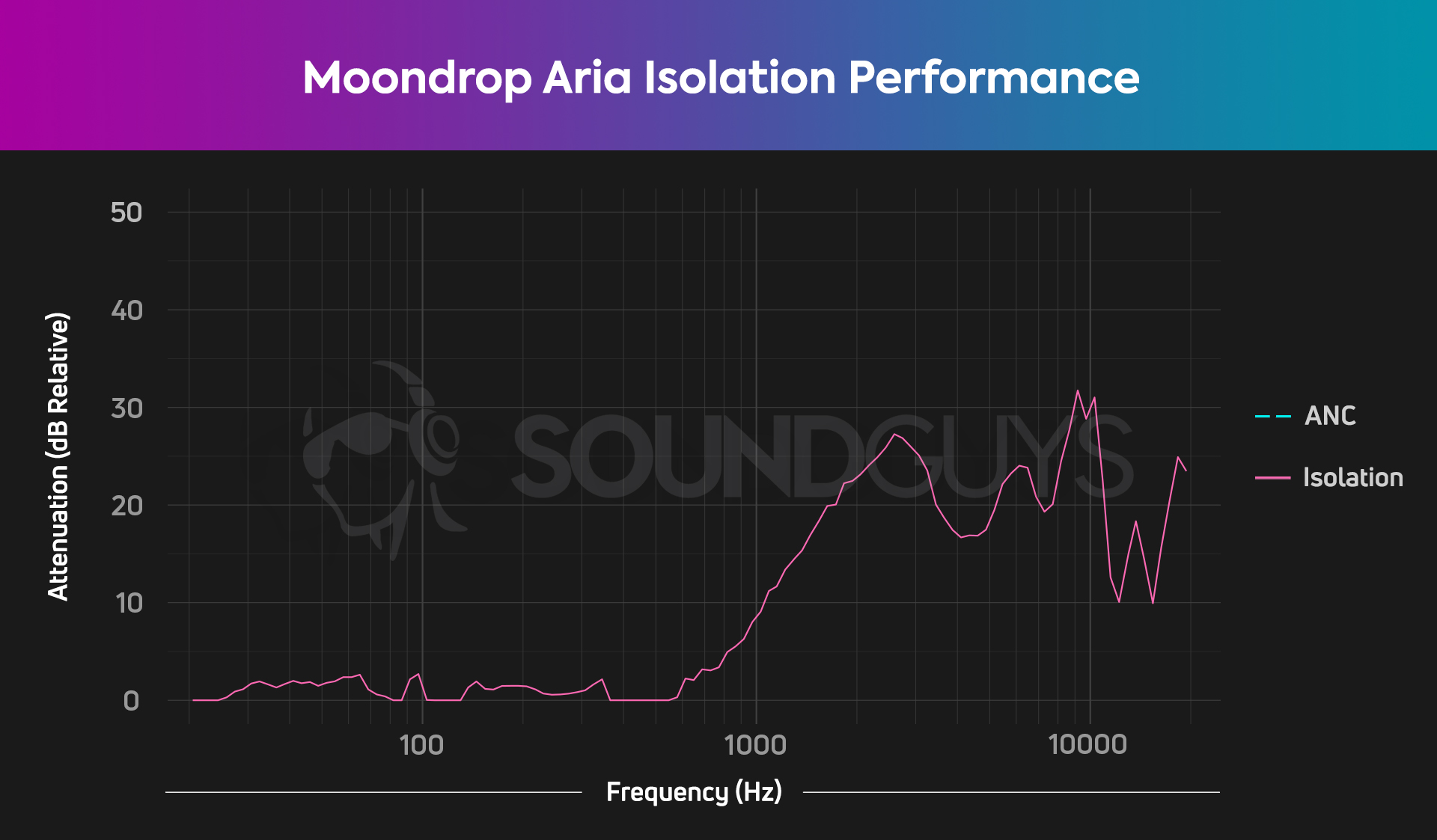
How well the Moondrop Aria blocks noise depends a lot on the in-ear fit. Experientially, the isolation performance of the Moondrop Aria seems a bit better than the measurements score suggests, but the chart lends a good baseline idea. After all, all ears are different and the depth of the ear tips and stems really makes a difference in your results.
Low pitched noises will make it to your ears, and keyboard strokes are only a little muffled, but I can barely hear my yowling cat. Basically, it’s not the best isolation performance. You might choose to invest in some memory foam ear tips to increase isolation.
How does the Moondrop Aria sound?
Editor’s note: this review makes use of a hover-enabled glossary to describe sound quality, based on a consensus vocabulary. You can read about it here.
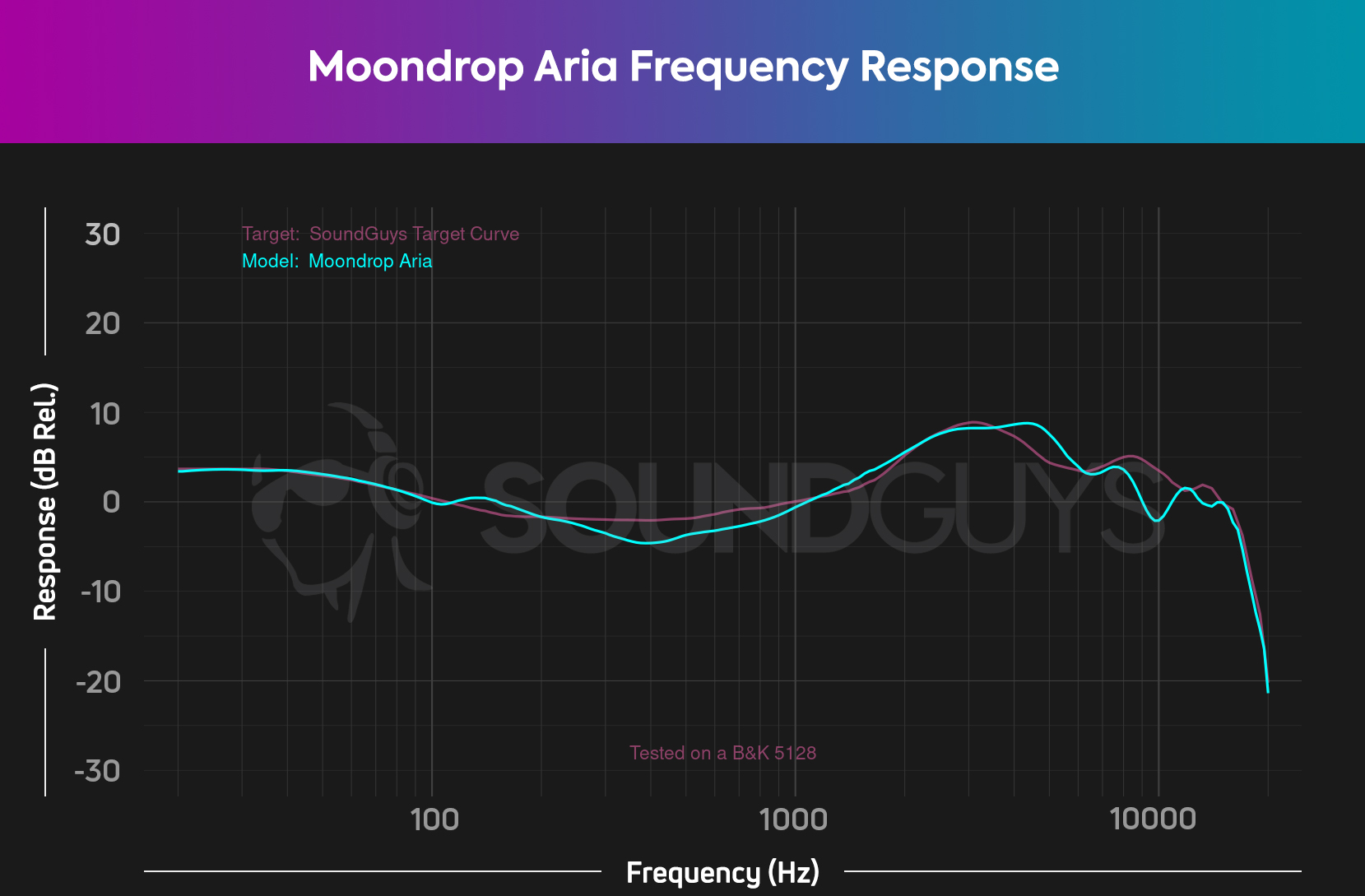
Despite the 5Hz to 36kHz stated range of the Moondrop Aria, you won’t hear outside of the 20Hz to 20kHz range due to our hearing thresholds. For one thing media made by people for people tends to have little or absolutely nothing at the limits of the Aria’s extended frequency range. Lastly, just because the range is 5Hz to 36kHz, that doesn’t say anything about how well the earbuds reproduce those frequencies.
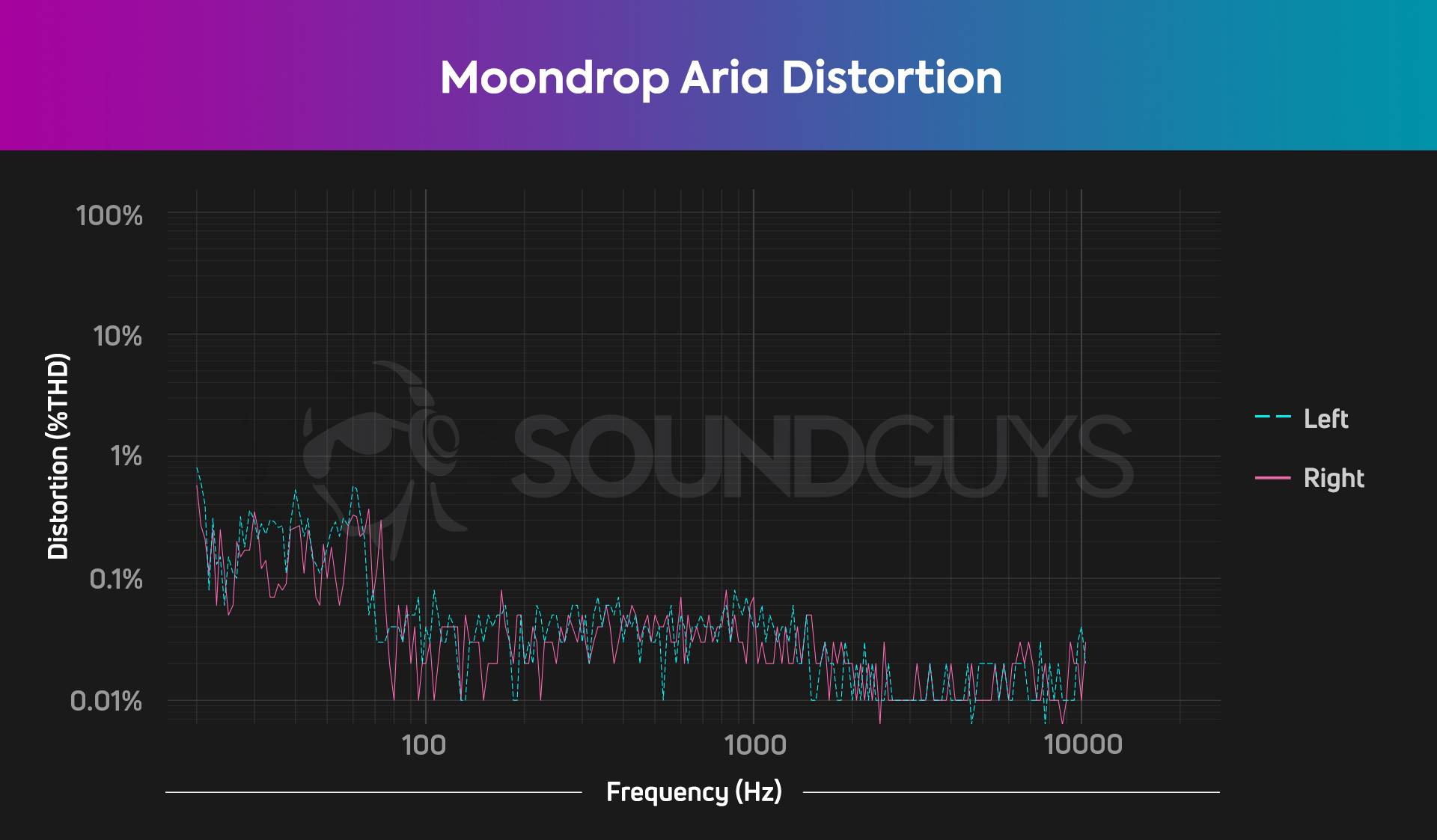
The Moondrop Aria has reasonably low total harmonic distortion (THD). Generally, distortion sees an increase at lower frequencies, which is true of the Aria’s performance. However, price doesn’t always equal better, for example the Moondrop Chu has a similar — slightly better, in fact — distortion profile. Meanwhile, we’ve seen a few enthusiast favorites with more distortion than you might expect for the hype. All this to say, you probably won’t notice anything amiss on the Moondrop Aria.
Should you buy the Moondrop Aria?
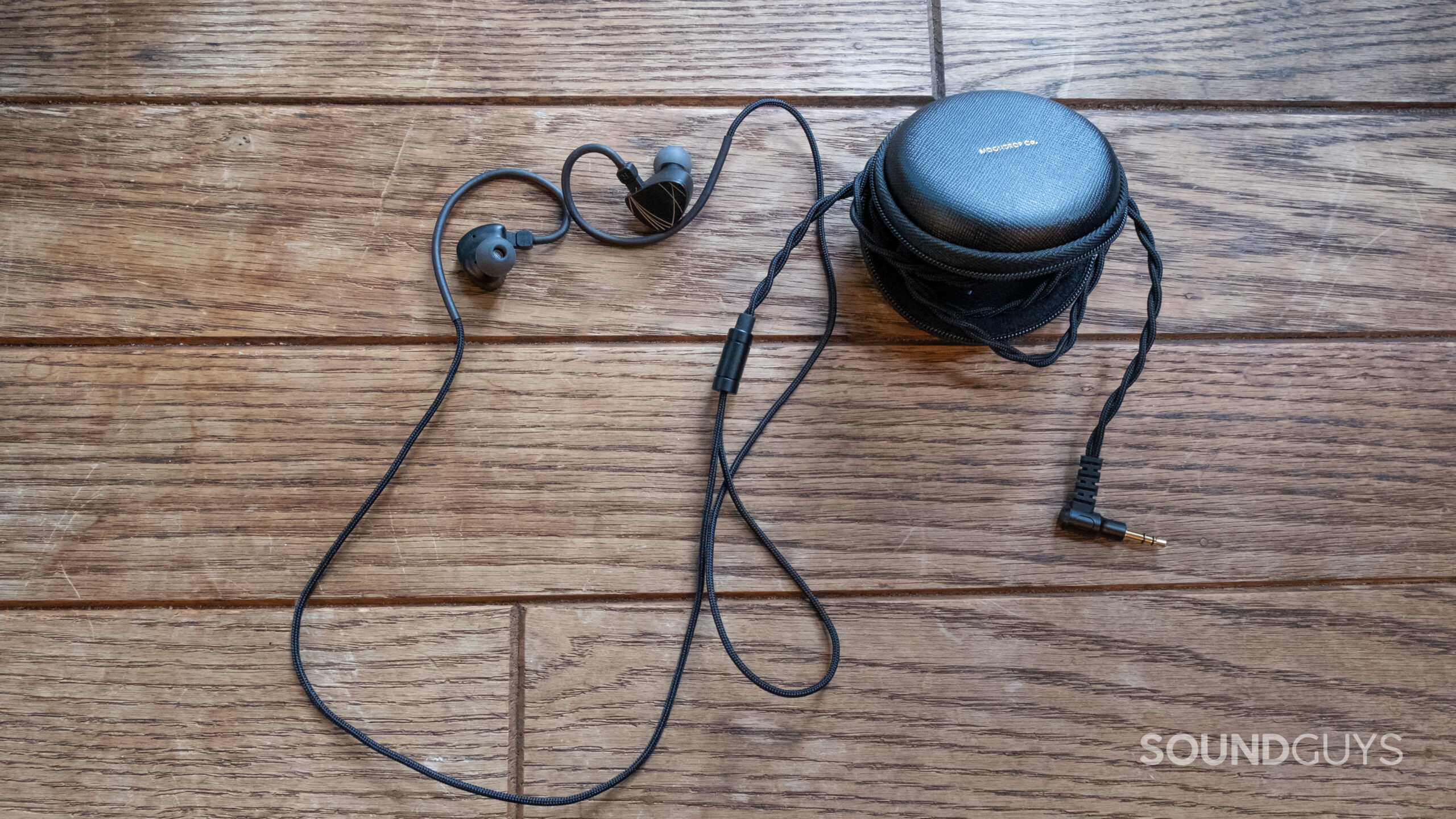
The Moondrop Aria delivers a solid frequency response, and its distinct looks make it appear like it cost more than you spent. The earbuds are a fairly comfortable shape and texture (if a bit hefty). While the over-ear cabling doesn’t feel as nice as the earbuds themselves, that 2-pin connector means you can upgrade the cable if you like. Having replaceable parts helps prolong the lifespan of the Aria. Including extra grills for the buds is a thoughtful touch, for instance.
The six sets of ear tips are useful, but you effectively have two sets of each size. That’s great if you happen to lose one, or need to swap them out because all ear tips get old and nasty over time. Only folks in need of supreme noise blocking should consider something else or better ear tips, given that isolation isn’t the highlight feature here. The Aria is infinitely pocketable, particularly if you make use of the handy case. Anybody who wants a pair of IEMs for not a lot of money, or if you want a travel friendly set of wired buds should consider the Moondrop Aria.

However, this model has now been superseded by the Moondrop Aria 2. Though you may want to hunt for the original Aria for a discount, the newer Aria 2 have an interesting set of updgrades to check out.
What should you get instead of the Moondrop Aria?
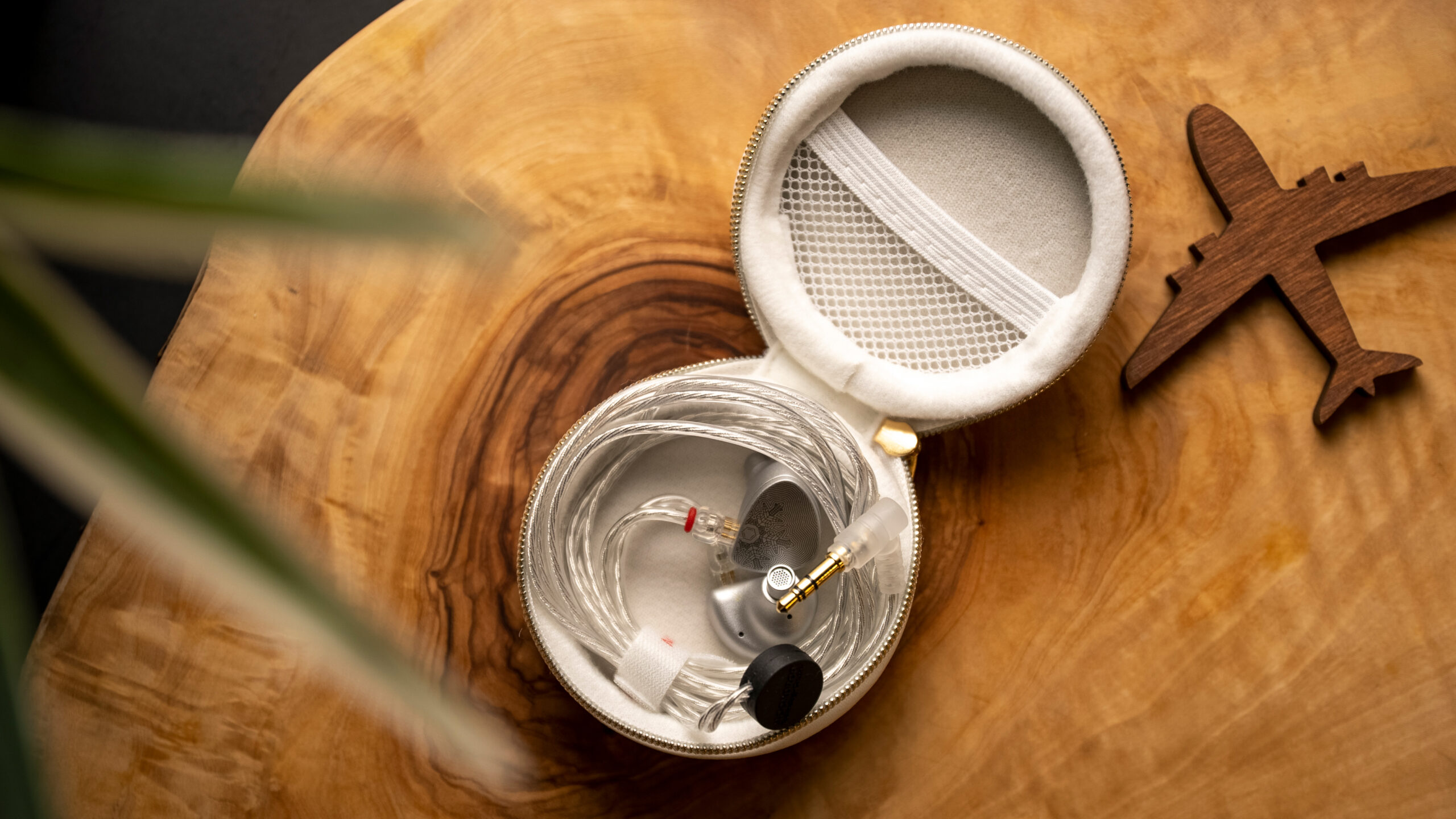
You can get the Moondrop Aria in white, also know as the Moondrop Aria Snow Edition ($79 at Amazon). It’s pretty similar — very nearly the same physically, but a slightly different sound that features less bass than the standard Aria. The Sony MDR-7506 frequency response bears some resemblance to the Aria SE, so you can definitely use these for mixing.
The Shure SE215 is a reliably solid alternative to the Moondrop Aria. Replacement parts are easy to track down, plus it uses more sturdy MMCX connectors and sounds great. The SE215 feels more comfortable to wear as well. Sure, it’s plastic, and not metal. The SE215 has a bit less overall treble than the Aria, but sounds pretty similar from the bass into the mids. You can pick it up for $99 at Amazon. It’s also even lower in THD (distortion) than the already low distortion Aria.
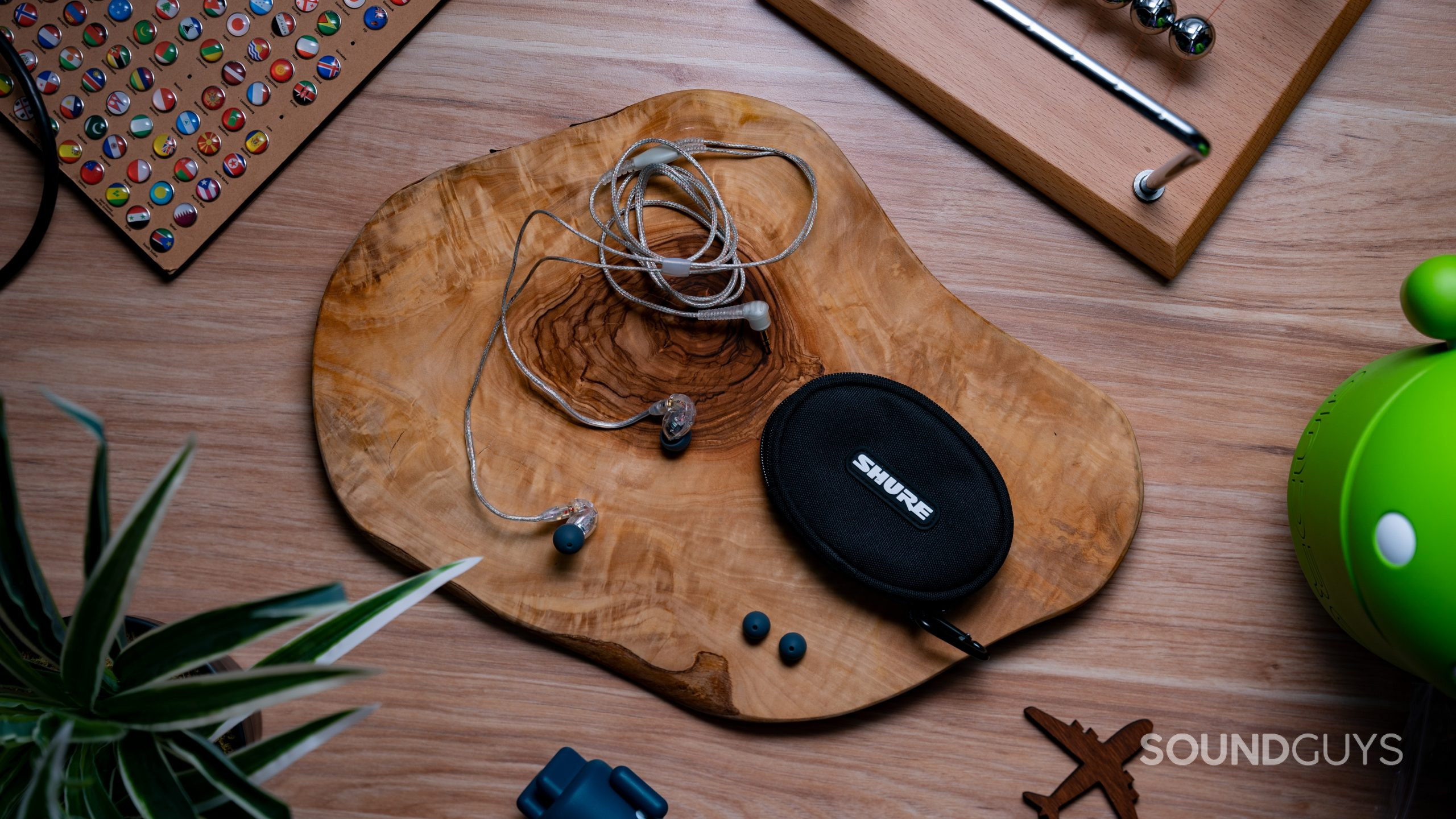
Another great option is the Sennheiser IE 200. The IE 200 costs $119 at Amazon, which is more than the Moondrop Aria, but you’re getting a more comfortable set of buds with a solid frequency response. Like the SE215, the IE 200 uses MMCX connectors, plus the cabling feels a lot nicer in everyday use than the Aria’s cable. That said, the carry pouch is pretty lackluster compared to Moondrop’s case.
Frequently asked questions
The Moondrop Aria is notably better built than the Moondrop Chu, with a removable cable. There’s also a significant price gap between the two products. You’ll find the Moondrop Chu weighs less, and has a more fiddly over-ear cabling solution, but it’s still pretty comfortable. Unlike the Aria, the Chu has an in-line remote. Both sets sound great.
Like most wired earbuds, the Moondrop Aria doesn’t have an IP rating to ensure durability against water or dust. Cables are a common point of failure, as are connection points on earbuds. Luckily, you can replace those, if necessary. Moondrop isn’t known for having the most durable builds. However, our review unit easily survived our test period. Quality control might be an issue with Moondrop for an unlucky few.
Nope, the Moondrop Aria doesn’t have a microphone.
Because the Moondrop Aria lacks a mic, you can’t use it for phone calls.